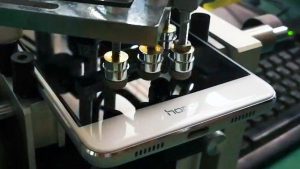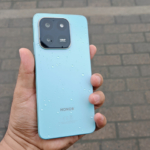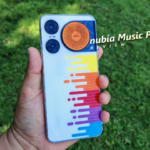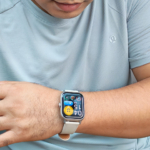Huawei aims to change the prejudice against electronic gadgets from Chinese companies by showing how they test for the durability of their smartphones.
Basically, smartphones undergo a series of rigorous tests that simulates everyday scenarios such as dropping, viewing videos and pressing buttons. There are also tests that ensure all features are working properly including signal reception and sound quality among others.
Testing Laboratories

One of the laboratory buildings in Huawei’s R&D center in Beijing.
We visited one of Huawei’s R&D labs in the outskirts of Beijing where these tests are conducted. There are seven of these labs throughout the country and each one specializes in testing a type of product – smartphones, wearables or laptops.
“Huawei has similar labs outside China,” says Clement Wong, Global Product Marketing Director of Huawei CBG. However, majority of issues are already spotted by their labs in China. Only minors issues are reported in labs abroad.
Back Pocket, Twist and Drop Tests
The durability of new Huawei smartphones are tested under several physical tests. There’s a test for the phone’s survival rate when placed in a back pocket. Tests for twisting the phones, repeatedly pressing its buttons, plugging in and out earphones as well as pressing the screen in different points have to be passed too.
Perhaps the most interesting tests are the drop tests. There are two types – a micro drop test and a ‘monster drop’ test. The latter is painful to watch.
Fully Automated Software Test
Testing the software is a fully automated process in Huawei’s labs. It starts with prototype smartphones being put in test boxes. Then, an in-house software switches them on, performs tasks such as playing videos and opening the web browser.
A failure in this test may mean that there is incompatibility between the software and the new hardware. Changes will then be made to make the smartphone work smoothly.
Wireless Signal and Audio Tests
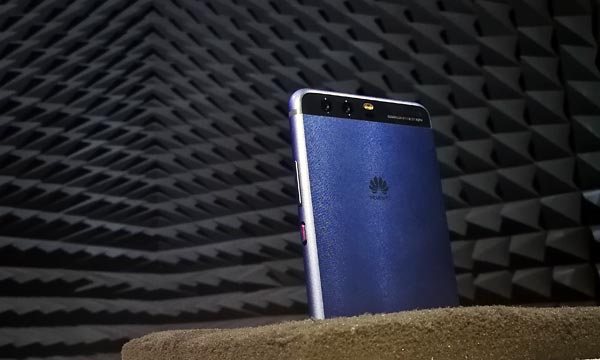
A Huawei P10 sits inside an anechoic chamber.
Similar to Apple, Huawei also has anechoic chambers to test the wireless signal reception and audio quality of their smartphones. These look like straight out of a sci-fi movie contraptions with pyramid dampening foams covering the entire room and the phone being tested placed in the middle.
Dummy heads are used to check whether signals are blocked or if they are transmitted without any problem.
A hallway also serves as a simulation of the world’s different cellular networks. See, Huawei smartphones must work with carriers all around the world. Hence, they simulate these by leveraging their expertise in cellular infrastructures.
New Tests
Aside from the previously mentioned tests, Huawei has also started testing their smartphones in terms of water resistance. The phones are placed under a simulated rain then traced if water went inside using a red dye.
There are sensitive tests that were not shown us such as how they work with Leica to ensure great photography and fingerprint recognition. New tests will also be made when new features are introduced in future Huawei smartphones.
Test Results and Tested Units

Huawei logo.
Don’t worry. The prototype smartphones that undergo Huawei’s rigorous durability tests are not sold to the public. There are markings on the units to ensure this.
If a new smartphone model doesn’t pass these tests, it’s discarded and won’t be released. On the other hand, those that satisfy Huawei’s high quality standards proceed to the next phase in producing smartphones until it’s launched and released to the public.
This process ensures that consumers are satisfied with the quality of their smartphones regardless if it’s made in China or another country.
